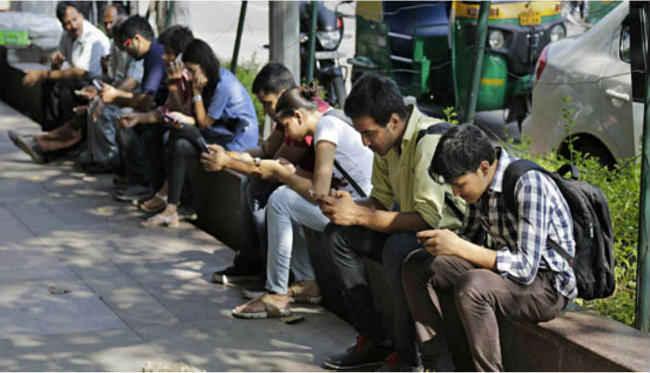‘Invisible glass’ could solve smartphone glare problem

Researchers have found a way to make glass antireflective, reducing reflections so much that it essentially becomes invisible.
Reading a message on your smartphone under sunlight could become a lot easier as researchers have found a way to make glass antireflective, reducing reflections so much that it essentially becomes invisible. Most of today's electronics devices are equipped with glass or plastic covers for protection against dust, moisture, and other environmental contaminants, but light reflection from these surfaces can make information displayed on the screens difficult to see.
The researchers believe that the "invisible glass" could significantly improve the user experience for consumer electronic displays. It could also enhance the energy-conversion efficiency of solar cells by minimising the amount of sunlight lost to refection.
"We're excited about the possibilities," said Charles Black, Director, Center for Functional Nanomaterials (CFN) — a US Department of Energy Office of Science User Facility at Brookhaven National Laboratory. "Not only is the performance of these nanostructured materials extremely high, but we're also implementing ideas from nanoscience in a manner that we believe is conducive to large-scale manufacturing," Black, who is corresponding author of the study published online in the journal in Applied Physics Letters, said.
In this study, the researchers demonstrated a method for reducing the surface reflections from glass surfaces to nearly zero by etching tiny nanoscale features into them. Whenever light encounters an abrupt change in refractive index (how much a ray of light bends as it crosses from one material to another, such as between air and glass), a portion of the light is reflected.
The nanoscale features have the effect of making the refractive index change gradually from that of air to that of glass, thereby avoiding reflections. The ultra-transparent nanotextured glass is antireflective over a broad wavelength range – the entire visible and near-infrared spectrum – and across a wide range of viewing angles, the study said.





